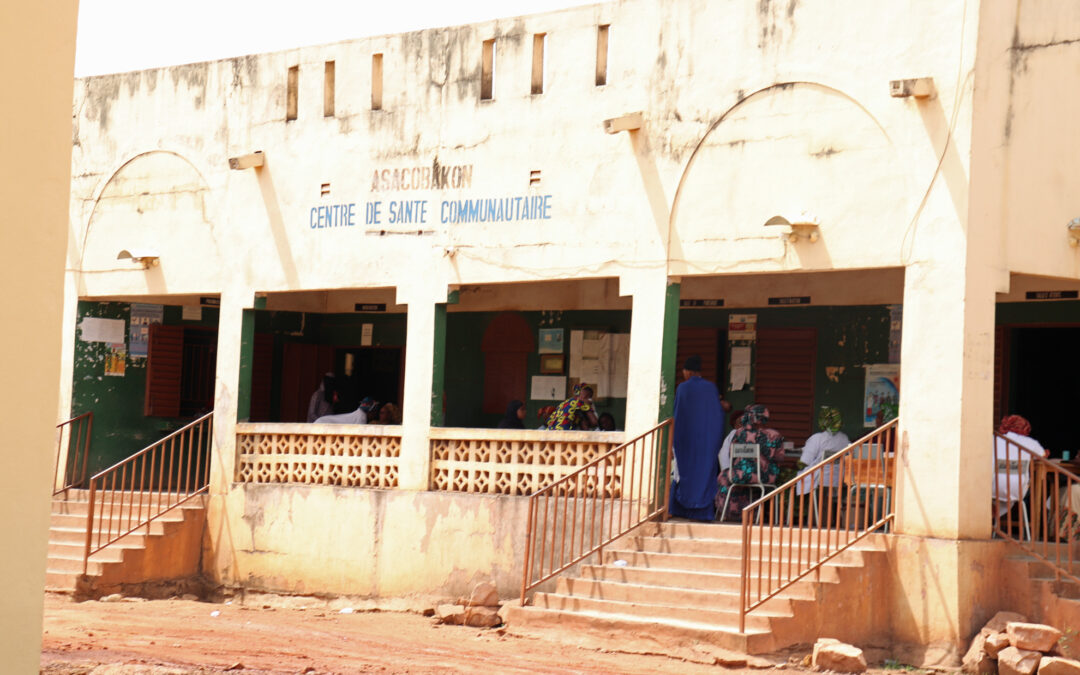
Meet ASACO BAKON
In Mali’s decentralized health system, ASACOs (community health associations) are instrumental to not only the delivery of primary health care services – particularly maternal and child healthcare – but they are also the primary structure that ensures community participation and local ownership.
Created in 1994 by community members in Commune III, ASACO – BAKON serves five neighborhoods (Badialan I, II and III – Kodabougou and Niomérambougou) in Bamako. Though two neighboring communities often collaborate to create an ASACO, and some communities have multiple ASACOs to serve the needs of large populations, it is unique for five communities to come together to do so. But ASACO-BAKON’s leaders recognized the significance of the ASACO’s role and decided to pool their resources to ensure a greater chance of success.
ASACO – BAKON was one of the first community health associations created in Mali. Though it has faced challenges over its nearly 30-year history, in September 2019, a new group of young leaders were elected to lead the ASACO management committee and they have been dedicated to improving the performance of their health center. They began seeking out partners to assist them in their efforts, and four months after the new ASACO chair, Mr. Aboucar Maiga, was elected, he met with Mali Health as their first technical partner.
Through the partnership between ASACO – BAKON and Mali Health, both the health personnel working at the CSCom and ASACO members have participated in Mali Health’s trainings on the elements of our participatory quality improvement approach. The trainings have covered maternal, neonatal, and child health topics, including basic emergency obstetric and newborn care (BEmONC), as well as the role and function of the ASACO and its management bodies. Following these training sessions, both staff and ASACO members report improved confidence and alignment across the health center, which they have not experienced before. The new skills in the health center staff have resulted in improvements in key indicators, which they have maintained every year, as well as increases in consultations and assisted deliveries at the health center.
The ASACO meets regularly and in accordance with the statutes. Each leader understands his or her role. Mali Health was also able to provide some equipment to support the improved quality of the health center’s services, including a microscope so the center can perform lab work and a warming table for newborns.
The vice president of the ASACO, Mahamadou Sissoko, describes the changes that are taking place at the health center: “The partnership with Mali Health has brought a radical change in the practices at our health center. We have made patient satisfaction our absolute priority, and the community now sees us differently. Today, we are having much more success.”
To further support the health of the communities served by the health center, Mali Health is partnering with women in the community through our Women-Led Health Financing strategies, including helping them to organize health savings groups, develop income-generating activities, and become voting members of the ASACO.
ASACO – BAKON’s leaders continue to seek partnerships to improve the quality of their health center. In one exciting collaboration to improve their infrastructure, they worked with partners to construct a much-needed maternity.










